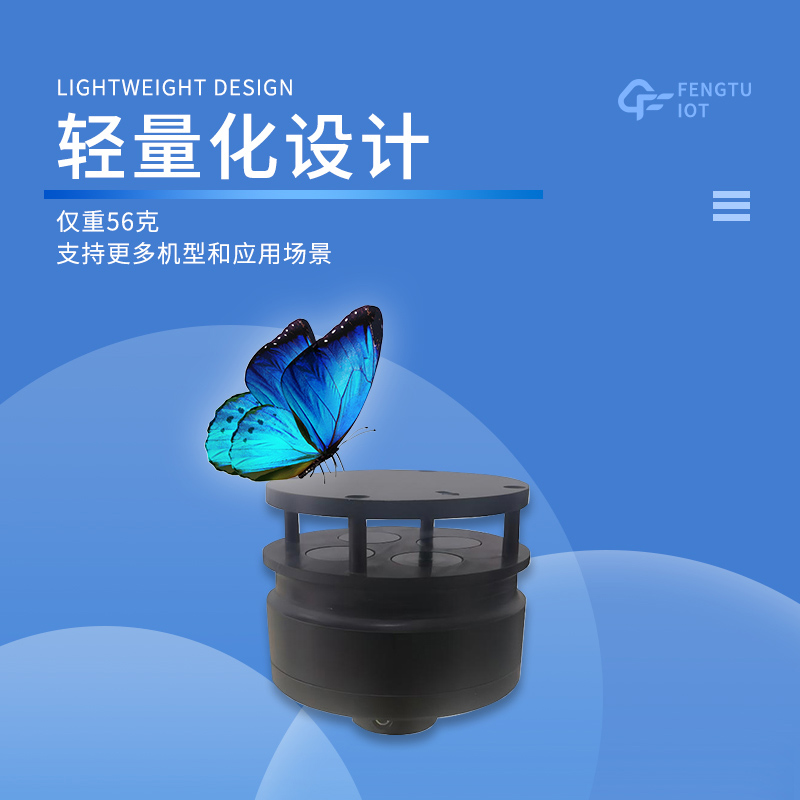Tianqiong Sensor IOT Technology Co., Ltd
Sales Manager:Ms. Emily Wang
Cel,Whatsapp,Wechat:+86 15898932201
Email:info@fengtutec.com
Add:No. 155 Optoelectronic Industry Accelerator, Gaoxin District, Weifang, Shandong, China

Sales Manager:Ms. Emily Wang
Cel,Whatsapp,Wechat:+86 15898932201
Email:info@fengtutec.com
Add:No. 155 Optoelectronic Industry Accelerator, Gaoxin District, Weifang, Shandong, China
time:2025-05-28 09:10:34 source:Weather Station viewed:182 time
In the field of meteorological monitoring, traditional monitoring methods have limitations in specific geographical environments. Ground-based equipment is restricted by terrain and difficult to achieve comprehensive coverage; while satellites can provide macro-level monitoring, they lack precision in data for local areas. The solution of unmanned aerial vehicles (UAVs) equipped with meteorological instruments compensates for these shortcomings.
UAVs can fly into the atmosphere close to the target area to collect detailed and accurate meteorological data. The sensors they carry can measure multiple meteorological indicators and collect and adjust data in real time. At the same time, they are not bound by terrain or traffic, allowing flexible flight path planning to efficiently reach target areas and transmit data in a timely manner. In harsh and dangerous environments such as high mountains or forest fires, UAVs can replace human operations to ensure personnel safety, and the cost is relatively low.
The FT-F3 Weather Sensors for Drones can accurately measure multiple key meteorological parameters such as temperature, humidity, air pressure, wind speed, wind direction, precipitation, PM2.5, and PM10, providing comprehensive data support for meteorological analysis. Through a digital communication interface, the eight parameters can be output in one go, and it supports multiple transmission methods such as RS485, 232, and TTL to achieve real-time data reading and remote transmission, meeting data transmission needs in different scenarios.
This meteorological instrument adopts advanced sensing technology and a watchdog circuit, with an automatic reset function to ensure stable operation in complex environments. Its maintenance-free design and no need for on-site calibration reduce usage costs and maintenance workload.

With the increasing demand for ecological protection and sustainable development in modern agriculture, the environmental pollution and pest resistance caused by the overuse of traditional chemical pesticides urgently need to be addressed. Physical pest control methods have gradually become an impor...
Our self-developed Portable Weather Station breaks through the scenario limitations of traditional meteorological equipment. With multi-dimensional monitoring capabilities and high-precision performance, it has become the preferred equipment for various mobile monitoring scenarios.The device can sim...
The Negative Oxygen Ion Monitoring System is a monitoring framework built on professional technologies, with its core technical architecture integrating sensing technology and IoT communication technology. The sensor employs a universal capacitive detection principle to measure the concentration of...
Rat Bait Station utilizes the Internet of Things (IoT) and intelligent recognition technology to achieve 24/7 rodent activity data collection and remote control management....